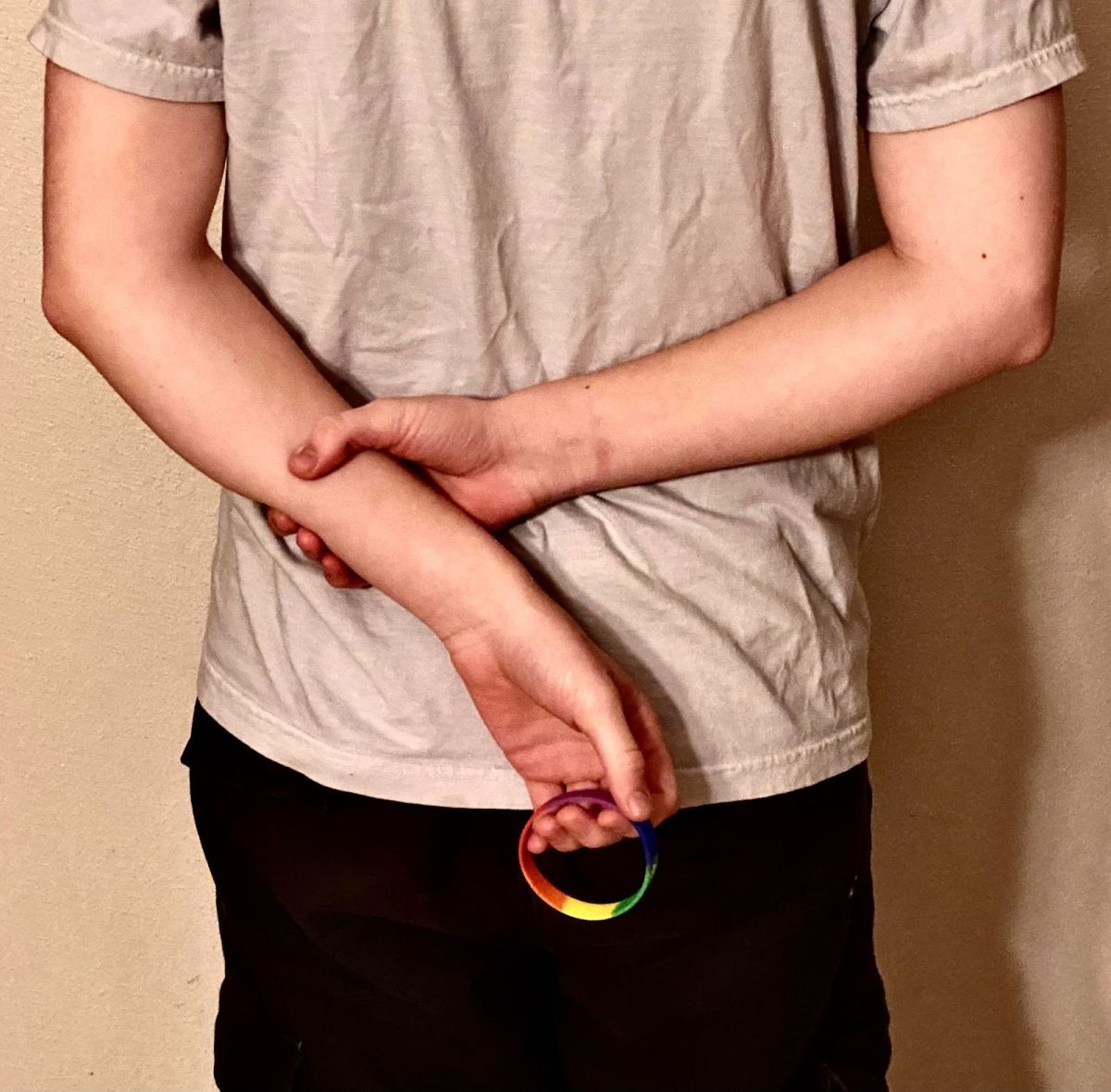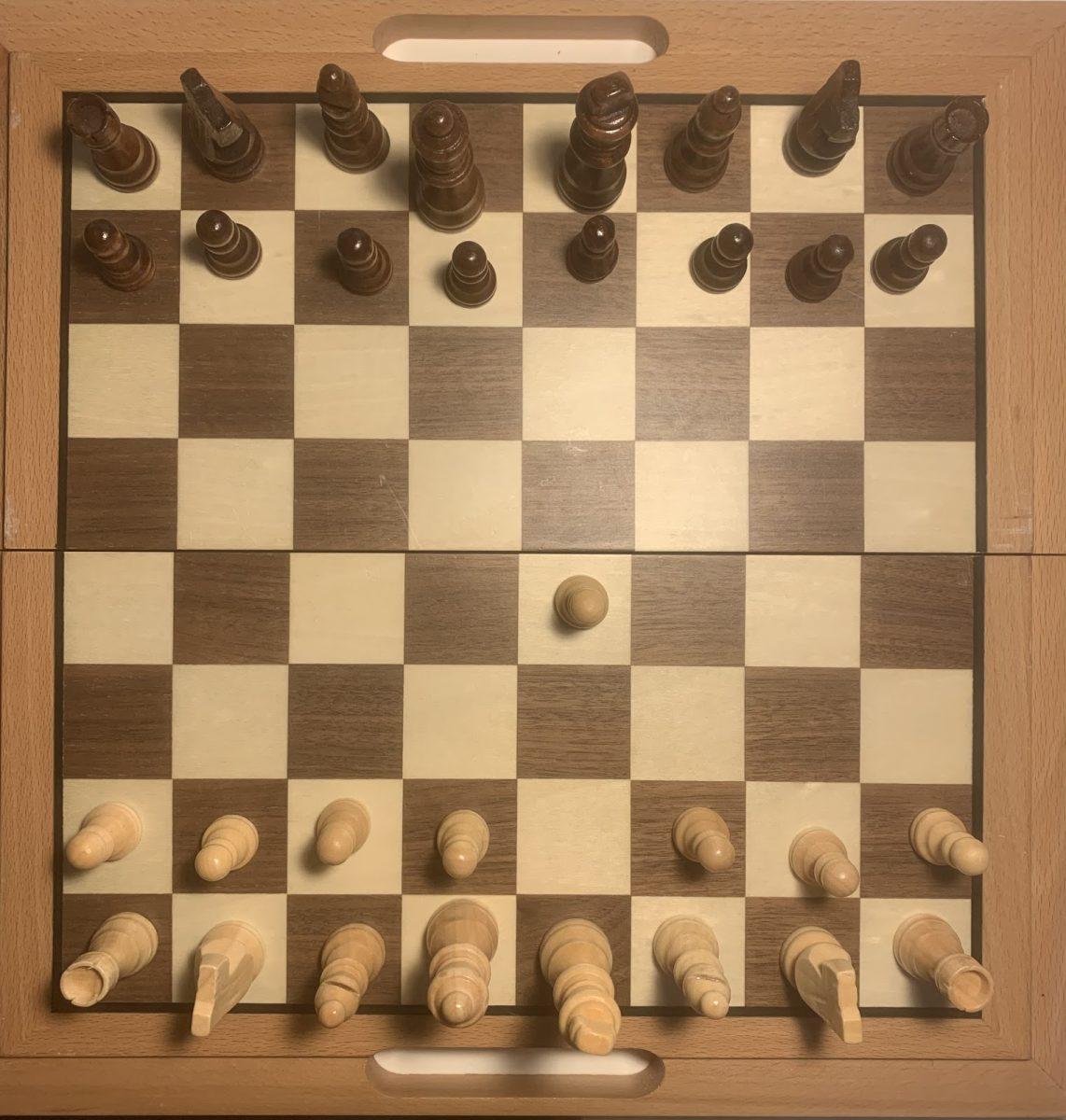White’s move. Pawn to E4. This is the way Elizabeth Harmon starts most of her matches, confident and clear.
I was first introduced to the game of chess when I watched The 2016 film The Queen of Katwe for my 13th birthday. For me the game was fascinating. Anyone could take down their opponent with only the pieces in front of them and the moves in their head? I decided that I wanted to be like her and learn chess. Unfortunately, 13 year olds are not known for their patience so when I tried playing and was not immediately a chess wiz I put away the board and my obsession was forgotten a week later.
Until I watched the Netflix Original The Queen’s Gambit and my excitement about chess resurfaced. The seven episode long retelling of the Walter Tevis novel by the same name follows Elizabeth ‘Beth’ Harmon (Anya Taylor-Joy) as a young chess prodigy in her journey to become the world champion by beating the Russian player Borgov (Marcin Dorociński) with the support of her rivals turned friends Harry Beltik (Harry Melling) and Benny Watts (Thomas Brodie-Sangster). Although the show is about chess, Harmon has to face her struggle with addiction and her feelings of loneliness in the world, both stemming from being orphaned at the young age of nine. Bryan Webster, senior co-leader of the chess club at Franklin High School (and co-Editor in Chief of this publication), thought that the themes of loss went really well with the game. “[Chess is] all about focus, having this single-minded brain that only cares about chess, at least while you’re playing. So pairing chess with a story about drugs and loss makes a lot of sense, because you can see Beth losing focus,” says Webster.
One of the main things about this show that I find very appealing really only stood out to me until after I had watched it all the way through. Elizabeth Harmon is written as independent and ruthless without being cruel, powerful and strong without coming off as elitist, and in moments emotional and vulnerable without the audience seeing her as weak. She’s written how men in movies and television are written. While men have stories and motives for their actions, women are often one dimensional. Even as main characters, their stories are connected to a man’s and the character is sexualized to become more interesting. Harmon has feelings and dreams and ambitions that do not involve a man’s affection, and when a romantic interest appears throughout the show, the plot does not revolve around her pursuing the relationship. She is a fully flushed out, complex character that just also happens to be a woman. Harmon is not trying to prove herself as a woman in chess but as a person in chess, and it is clear multiple times throughout the story that her gender in no way impacts the way she plays.
A big question for not only me but many people who had watched the show was if it was a realistic portrayal of the chess world. Because of my inexperience with the game, I turned to Ron Anderson (62), retired professional chess player. Anderson learned to play when he was nine years old but only started playing in tournaments when he was forty-five years old. He retired to more casual games a couple of years ago but has continued playing online. Anderson had not seen The Queen’s Gambit in its entirety at the time of our interview, but I was able to show him a couple of clips from the show so he could watch for himself and tell me what he thought. For the first clip, I showed Anderson a couple minutes from the finals in Harmon’s first tournament in episode two. The first thing that Anderson noticed was the placement of Harmon’s piece. Playing white, who makes the first move, Harmon plays pawn to E4. According to Anderson, this is a very aggressive opening and it leads to a much sharper game with more attacks and action. This is very consistent with Harmon’s character; she is not going to play a slow steady game. She is in every game to win from the start.
While watching, Anderson had this to say about the speed of the games: “I don’t think anyone would be playing this fast. Each player has something like three hours, so you should be using a lot of that time to start to think deeply in the middle of the game [about your moves].” Although Anderson noted that nobody could follow the games at the speed the actors were playing, he recognized that it was more compelling and would keep the viewer more entertained.
Although you may have gotten the vague impression I am obsessed with this story, I am not the only one. The Queen’s Gambit has an audience rating of 4.9 stars and a hundred percent on Rotten Tomatoes. While many shows move up and down Netflix’s Top Ten list, The Queen’s Gambit held the number one spot for more than twenty-two consecutive days. According to Netflix’s website, as of November 20 it’s listed as one of the top five tv shows in more than forty-nine countries and the overall number one show in the United States for the month. To me, The Queen’s Gambit was thrilling and nail biting, and while sometimes could be confusing with the camera angles, it never lost me even though I know next to nothing about the strategy of chess. I would recommend this to anyone who loves chess and also anyone who loves a drama with compelling characters and plotlines. I would exercise caution to anyone who is uncomfortable with the themes of drug addiction especially at a young age, and a few non-explicit sex scenes. The Queen’s Gambit is worth a watch, and might even inspire you to play a game yourself. But please don’t take my word for it, find out for yourself.


































